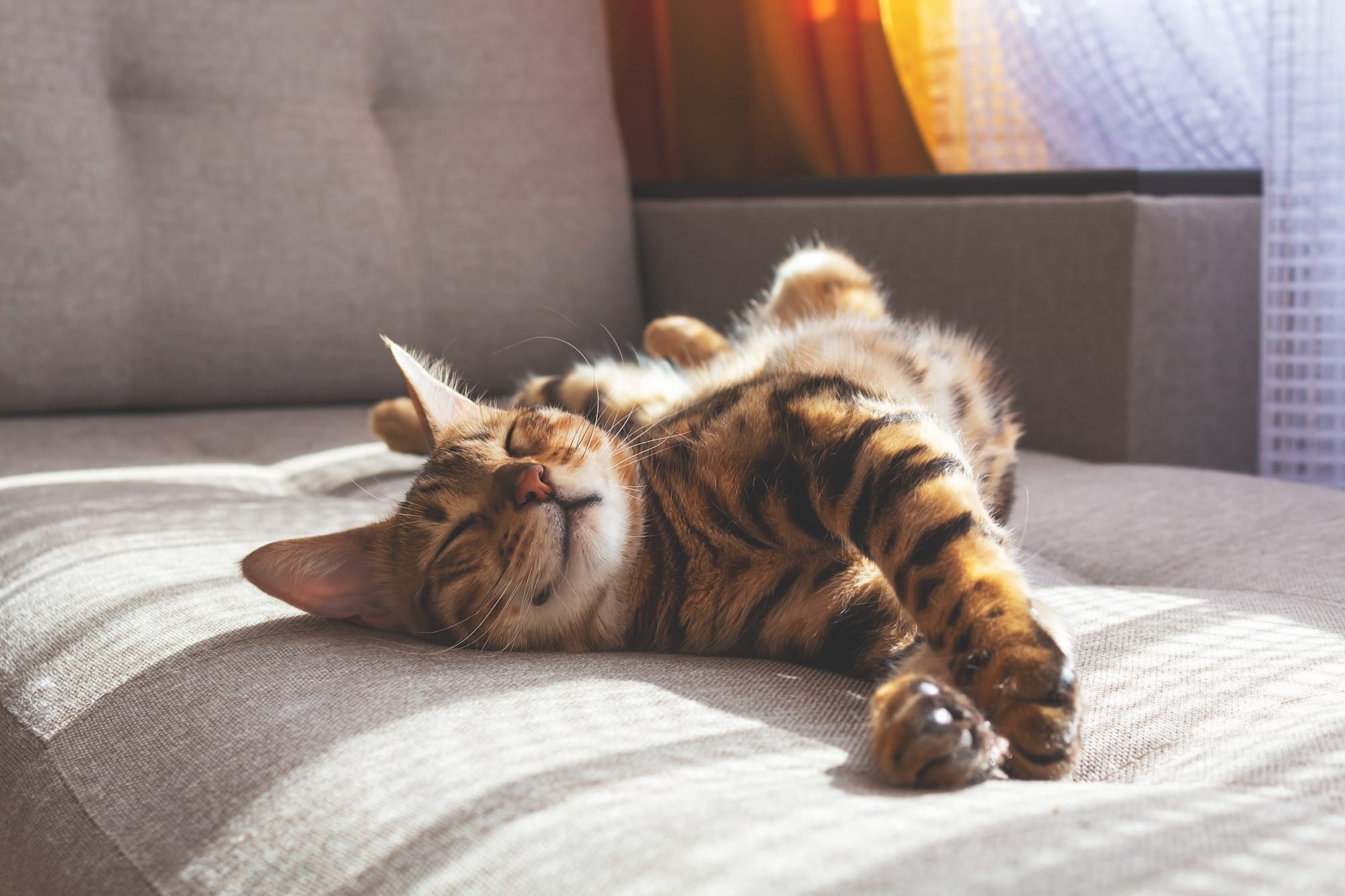The genetics behind cat fur colors

The genetics behind cat fur colors
Cats come in a variety of fur colors, from the classic black and white to the more exotic calico and tortoiseshell patterns. Have you ever wondered what determines the color of a cat's fur? It turns out that it's all in the genes.
Here are some key points to help you understand the genetics behind cat fur colors:
- Basic fur colors
Cat fur colors can be grouped into several basic categories. These include black, white, orange, gray, and chocolate brown. Each of these colors is determined by a specific gene or combination of genes that controls the production of pigments in the fur.
- The role of melanin
Melanin is the pigment that gives color to the fur, skin, and eyes of animals. There are two types of melanin: eumelanin, which is responsible for dark colors, and pheomelanin, which produces red and orange colors. The balance between these two pigments determines the final color of the cat's fur.
- The melanocortin 1 receptor (MC1R) gene
The MC1R gene plays a crucial role in determining fur color in cats. This gene controls the production of eumelanin and pheomelanin and their distribution in the fur. Mutations in this gene can result in a wide range of colors, including black, chocolate brown, and red.
- Black fur
Fur color in cats starts with the production of eumelanin. If a cat has a high concentration of eumelanin and low levels of pheomelanin, its fur will be black. This is determined by a dominant gene, known as B, which codes for black coloration.
- White fur
White fur in cats is the result of a lack of pigmentation. It occurs when the MC1R gene is inactive, preventing the production of both eumelanin and pheomelanin. Cats with white fur often have blue or odd-colored eyes, as the lack of pigmentation affects the development of the iris.
- Orange fur
Orange fur is caused by the presence of pheomelanin. It is determined by a gene known as O, which is carried on the X chromosome. This means that orange fur is more commonly seen in male cats because they have only one copy of the X chromosome. Female cats need two copies of the O gene to have orange fur.
- Calico and tortoiseshell patterns
Calico and tortoiseshell cats are known for their vibrant patterns of orange, black, and white. These patterns occur as a result of the random inactivation of one of the X chromosomes in female cats. Each cell in a female cat's body carries two X chromosomes, and during early development, one of the X chromosomes is randomly turned off in each cell. The patches of color on a calico or tortoiseshell cat represent the cells in which the X chromosome carrying the O gene is active.
- Gray fur
Gray fur in cats is the result of a dilution gene, known as D. This gene affects the production and distribution of melanin, resulting in a lighter shade of fur. The dilution gene can also affect other fur colors, turning black fur into gray, for example. The shade of gray can vary depending on the specific mutation of the D gene.
- Tabbies and stripes
Tabbies are cats with distinctive patterns of stripes, swirls, or spots on their fur. These patterns are caused by a combination of genes that control the distribution of melanin in the fur. The most common tabby pattern is the classic "M" marking on the forehead, which is determined by the presence of the agouti gene.
Understanding the genetics behind cat fur colors can be fascinating, and it helps explain the wide variety of colors and patterns we see in our feline friends. From black and white tuxedos to fiery orange tabbies, each cat's unique fur color is a result of its genetic makeup. So next time you cuddle up with your favorite feline, take a moment to appreciate their beautiful coat and the genetics behind it.


